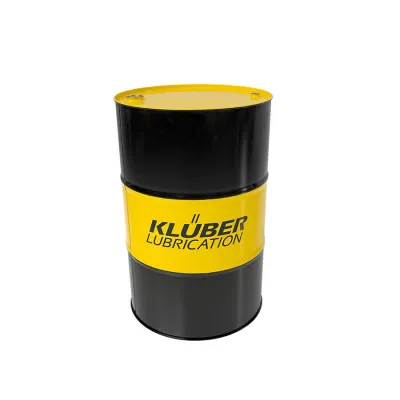The main task of a Refrigeration oils is the lubrication of machine parts
Operating materials
Refrigeration oils
Refrigeration Oils
The main task of a refrigerating machine oil is the lubrication of machine parts, the sealing inside the compressor as well as the dissipation of heat generated in the lubrication gap.
To ensure the safe operation of a refrigeration system, a favorable solubility behavior between lubricating oil and refrigerant is required. The
Contents
Jobs




